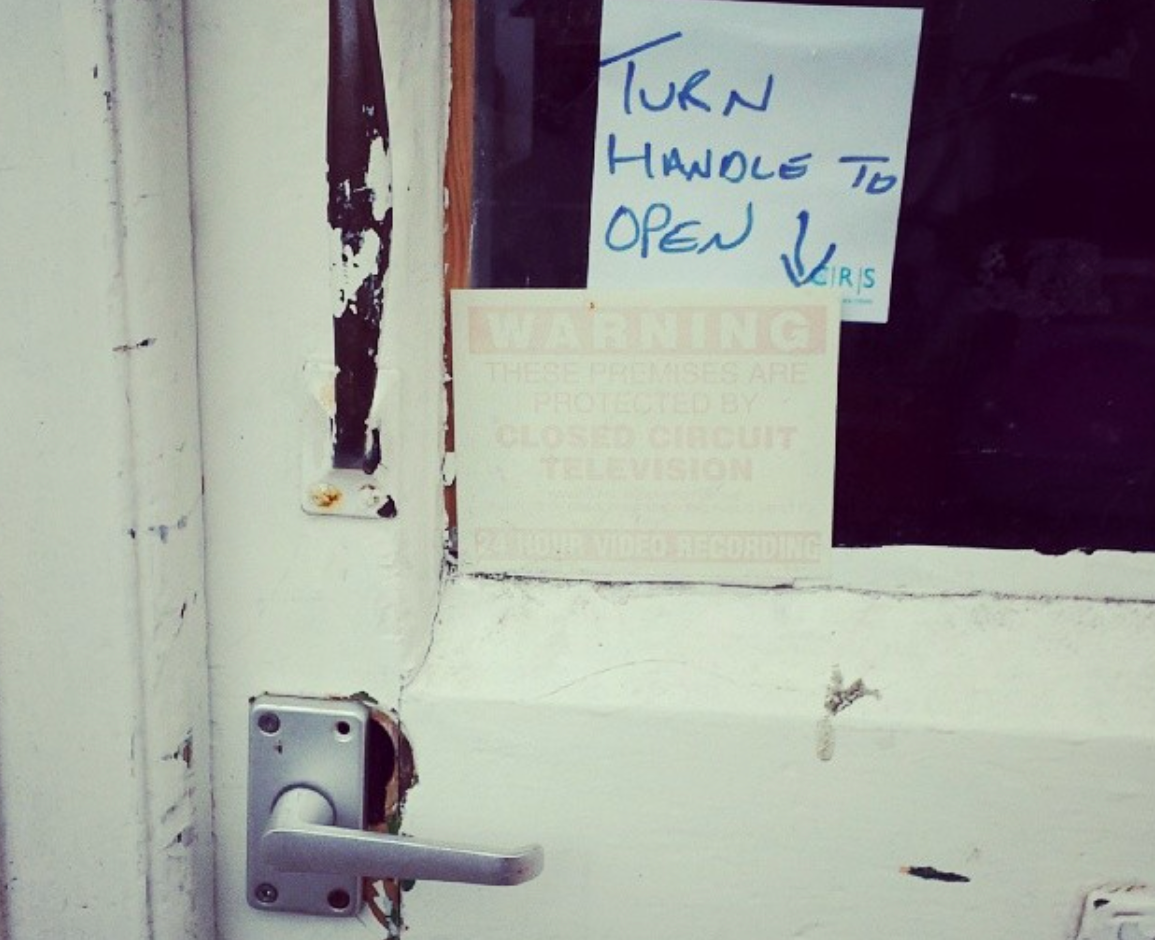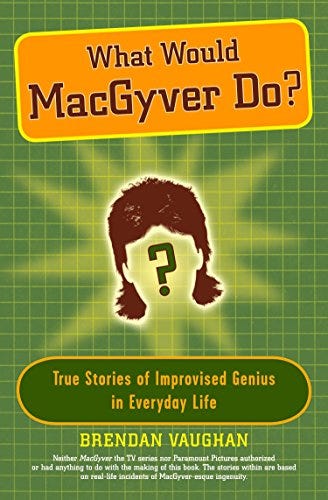I’ve been a content design consultant at Hippo for just over a year. During this time I’ve worked on several government, public sector and health sector projects faced numerous challenges and worked with loads of brilliant people.
I’ve also learned. A lot.
Here are five content design lessons I consider essential.
1. It’s not just about writing
A large part of my day as a content designer is sitting in meetings and listening. Sometimes, this involves me wondering why I wasn’t invited to an earlier meeting so I would have a better idea of:
- what people are talking about
- the problem that needs solving
- how I’m going to help
A large part of content design is absorbing information from wherever you can get it. This means when it’s time to put words down you have a better idea of what needs to be said plus how — and where! — to say it.
Some people see content like wallpaper: it’s decorative, nice to have and applied in hope that if it doesn’t quite fit, it at least stays on. But content design favours a user-centred approach, which might be: do we even need a wall there?
2. Content design cannot always fix your content problems

Content is often used as a sticking plaster for badly implemented or confusing design decisions. Often you will find this on a webpage, but sometimes, it’s on a door to a shop in Lancashire (pictured).
Content design is also not just about crafting words for users. It’s often about identifying and deferring to better solutions. For example, that huge legal declaration placed in the middle of your service could be made more accessible with bullet points and shorter, cleaner sentences, but does it need to go there?
Evidence from user research shows that the page works like a large rock in a road. So you approach your service designer who helps you find a better solution. You present this to stakeholders and subject matter experts who both agree that the info could be offered elsewhere, and you’ve made huge improvements without even flexing those content creation muscles. Hooray!
3. Theory is great, practice is also great
Content design favours a considered, insight-led approach. This should, but doesn’t always, include researching the objectives, audiences, lifecycles and ownership of content as steps in its creation.
If you’re lucky, you will find a nurturing and inclusive environment to practice and refine these learnings, but it’s also possible that you will find politics and processes that seem tailor-made to oppose them.
In these situations, you may find yourself without team support, research to draw on or time to do the job to complete satisfaction.
In my experience, being a consultant is about trying to apply your knowledge in really challenging situations. While being a halfway decent one involves doing this without giving the impression that your shoes are on fire. This is where the skills I learned before becoming a consultant come in useful.
I used to be a content manager in the private sector, trying to Macgyver a more thoughtful and consistent user experience (UX) approach to communication and language.
This included bribing customer service teams to get unfiltered user feedback and poring over mailboxes in the hope I might identify common user needs. There were no structures or right ways to do it, so I just kind of did it.

This approach has been invaluable in all the projects I’ve been a part of. So study the Government Digital Services (GDS) style guides and GOV.UK design systems, definitely read, and re-read, Content Design by Sarah Richards (now Winters) but also be aware that a lack of encyclopaedic knowledge is not going to stop you from being a great content designer. What you bring to the table is just as important, if not more so (especially if it’s biscuits).
4. ABC: always be cutting
Content Design has been defined as ‘answering a user need in the best way for the user to consume it.’ As you might imagine, this does not always mean writing 3,000 words to answer a question that can be done in three. If the content design is anything, it’s about doing hard work to make it easy for others.
So this often means cutting down and paring back. Whether that’s refining what you create or taming a huge 50,000-word policy document so it does not cost the user the best years of their life. There is almost always something that can be removed to make someone’s life a little easier. Also, cutting things out is fun!
5. No one really knows what we do (sometimes even us)
The Content Design team at Hippo recently got together to discuss a big question:
‘What is a content designer?’
We started by examining some different definitions from across the web because the content design process should always start with research. The examples came from some of the most respected and renowned homes of the discipline, but they were notable for how different their definitions were.
These include:
- technical writing specialists
- masters of taxonomy
- helping users consume info
- product creators and changers
Though we might be flattered into agreeing that we are basically indispensable and do everything (even if we had to check what taxonomy meant), we found these definitions were a little wide of the mark. Or they didn’t include everything.
So maybe it’s also useful to say what we don’t do:
- spell tricky words
- fill in blank spaces
- explain what semi-colons are without using the words ‘do not use these’
Working definitions of content design are quite broad, but so are the routes in. I’ve met content designers with backgrounds in copywriting, comms, PR, marketing, teaching and more. What links us is an interest in UX and a desire to make things easier for users.
The content community at Hippo has also been enormously helpful in my consultant journey so far, offering a warm and supportive environment plus answers to even the most stupid questions.
Check us out if you want to know more about our content design community and to see if you fancy a journey into consultancy through content design, user research, service design and more.

